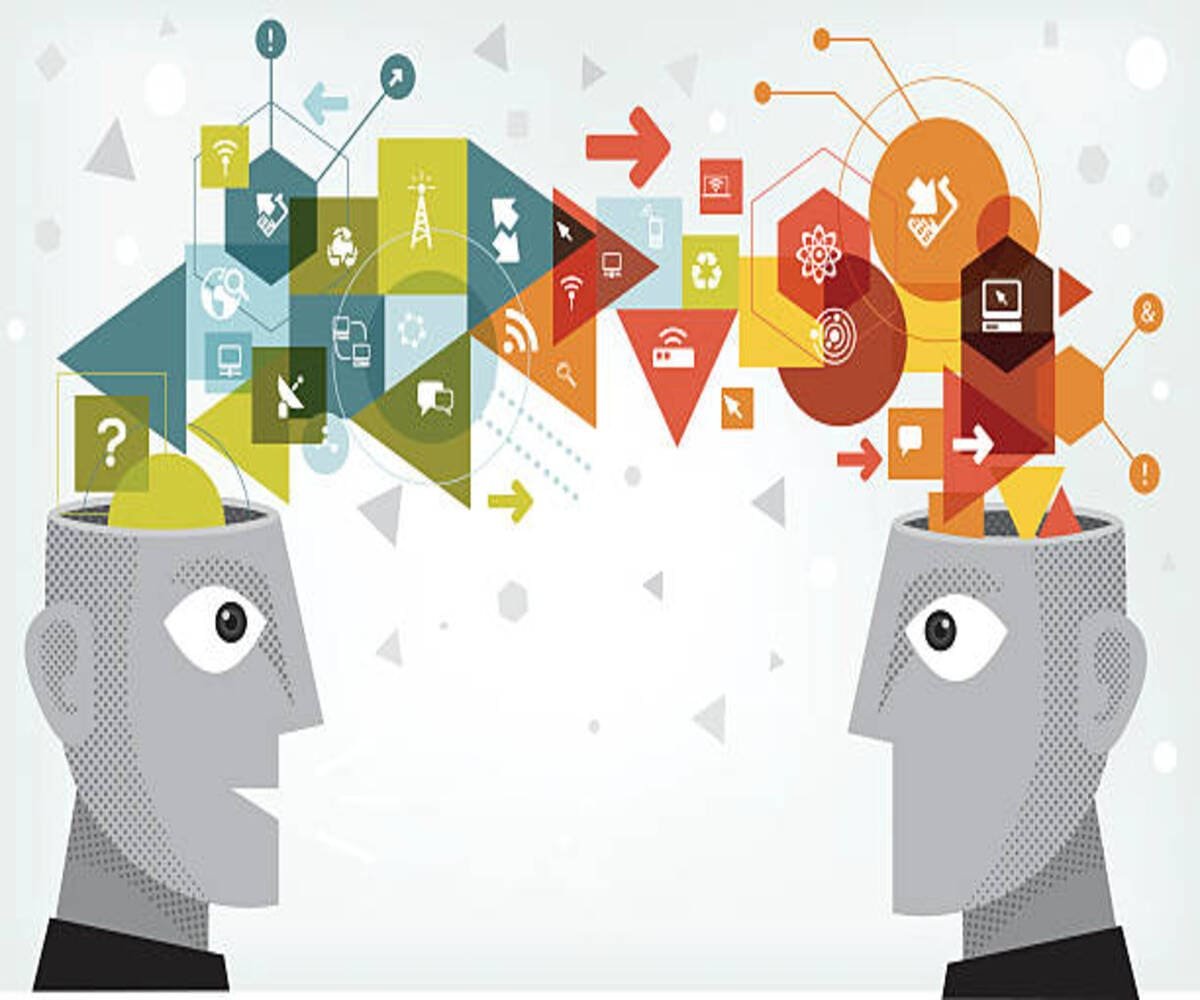Introduction
Communication is the backbone of every organization, enabling collaboration, decision-making, and relationship-building. Whether in business, education, or personal life, effective communication ensures clarity, minimizes misunderstandings, and enhances productivity.
This article explores the different types of communication, the communication process, common barriers, and strategies to improve communication effectiveness.
1. Types of Communication
Communication can be classified based on its mode, purpose, and direction.
A. Based on Mode of Communication
| Type | Description | Examples |
|---|---|---|
| Verbal Communication | Spoken or written exchange of messages. | Meetings, speeches, emails. |
| Non-Verbal Communication | Body language, facial expressions, gestures. | Eye contact, posture, tone of voice. |
| Visual Communication | Use of images, charts, and graphs. | Infographics, presentations, diagrams. |
| Digital Communication | Electronic forms of messaging. | Emails, social media, video conferencing. |
B. Based on Purpose of Communication
| Type | Description | Examples |
|---|---|---|
| Formal Communication | Official and structured communication within organizations. | Reports, business meetings, policies. |
| Informal Communication | Casual or unofficial communication between people. | Team chats, social conversations, watercooler talks. |
C. Based on Direction of Communication
| Type | Description | Examples |
|---|---|---|
| Upward Communication | Information flows from employees to higher management. | Employee feedback, reports. |
| Downward Communication | Information flows from management to employees. | Instructions, policies, directives. |
| Horizontal Communication | Communication among peers or departments. | Team discussions, collaboration meetings. |
| Diagonal Communication | Cross-functional communication between different levels. | Project discussions between managers and staff from different departments. |
2. The Communication Process
Communication is a step-by-step process that ensures the successful exchange of messages.
Steps in the Communication Process
- Sender – The person who initiates the message.
- Encoding – The process of converting ideas into words, symbols, or gestures.
- Message – The actual content being communicated.
- Medium – The channel used to deliver the message (e.g., email, phone, in-person).
- Receiver – The person or audience who receives the message.
- Decoding – The interpretation of the message by the receiver.
- Feedback – The receiver’s response, indicating whether the message was understood.
- Noise – Any interference that disrupts communication, such as distractions or technical issues.
Example of the Communication Process in Business
A manager (Sender) writes an email (Medium) explaining new company policies (Message) to employees (Receivers). The employees read and interpret (Decoding) the email and respond with questions (Feedback). Background noise, internet issues, or unclear wording (Noise) may affect understanding.
3. Barriers to Effective Communication
Despite best efforts, communication barriers can cause misunderstandings, delays, and conflicts.
Common Barriers and How They Affect Communication
| Barrier Type | Description | Example |
|---|---|---|
| Physical Barriers | Environmental factors that obstruct communication. | Noisy workplace, distance, poor internet connection. |
| Language Barriers | Differences in language, jargon, or technical terms. | Using complex industry terms in a diverse workforce. |
| Psychological Barriers | Emotional or mental states affecting communication. | Stress, lack of confidence, personal bias. |
| Cultural Barriers | Differences in beliefs, values, and traditions. | Misunderstanding due to different business etiquette. |
| Perceptual Barriers | Misinterpretation of messages based on personal views. | Assuming a colleague’s email is rude when it’s just brief. |
| Organizational Barriers | Issues within workplace structures. | Poor hierarchical communication, lack of clarity in policies. |
| Technological Barriers | Problems with digital communication tools. | Email going to spam, video call lagging. |
4. How to Make Communication More Effective
Overcoming communication barriers requires conscious effort and strategies.
Best Practices for Effective Communication
- Clarity and Conciseness – Keep messages simple and to the point.
- Active Listening – Pay attention, ask questions, and show understanding.
- Use the Right Medium – Choose email for formal communication, calls for urgent matters, and face-to-face for complex discussions.
- Encourage Feedback – Create an open environment where employees can ask for clarification.
- Adapt to Your Audience – Modify your communication style based on the listener’s background and needs.
- Improve Non-Verbal Skills – Maintain eye contact, use open body language, and be mindful of tone.
- Cultural Sensitivity – Be aware of cultural differences and adapt accordingly.
- Reduce Noise and Distractions – Choose a quiet place for important conversations and use reliable communication tools.
- Practice Empathy – Understand the receiver’s perspective and emotions before responding.
Conclusion
Effective communication is essential for successful teamwork, leadership, and organizational growth. Understanding the different types of communication, the communication process, common barriers, and best practices can help individuals and businesses improve interactions and avoid misunderstandings.
By implementing these strategies, organizations can enhance collaboration, boost productivity, and create a positive work environment.

